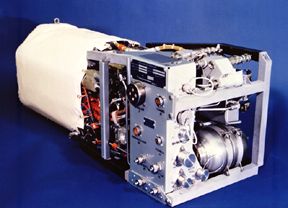
EU-funded scientists are working on developing membrane electrode assemblies (MEAs) that are able to operate in temperatures up to 180 degrees Celsius. Possible applications include a range extender in an electric vehicle battery.
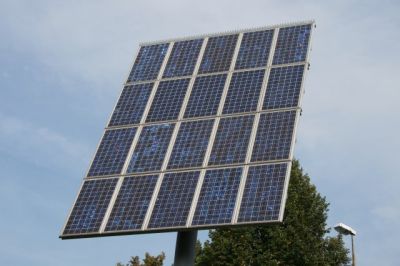
Today's solar modules should be nearing the end of their useful life after two decades. EU-funded scientists are focusing on designing solar cells that are more recyclable and also on minimising the environmental impact during their manufacturing.
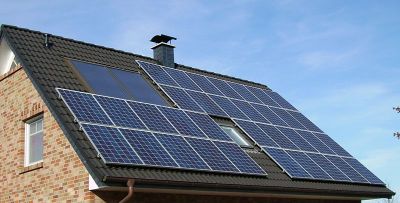
Photovoltaic (PV) systems that harness the Sun's virtually limitless supply of energy are now visible in limited locations across Europe. A new open-source simulation platform will foster lower costs and enhanced performance for mass market uptake.
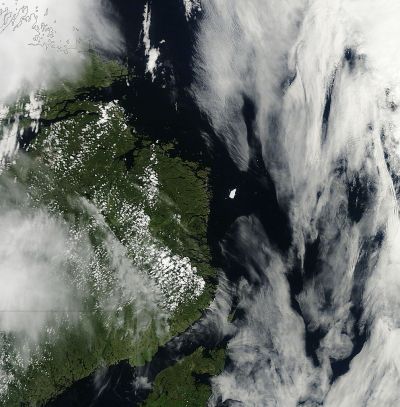
Sea ice distribution and sea surface temperature (SST) in the North Atlantic have affected Europe's weather and climate by determining precipitation and wind patterns, and changes in temperature. Knowledge of these factors and how they will alter over the coming years is vital for society and the economy, which need accurate data for planning and decision making.
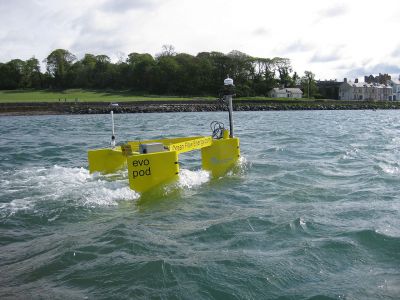
Depletion and the negative environmental impact of fossil fuels are the main drivers behind the quest for renewable energy technologies. EU-funded scientists studied the potential of newly developed prototype devices to exploit geophysical flows.
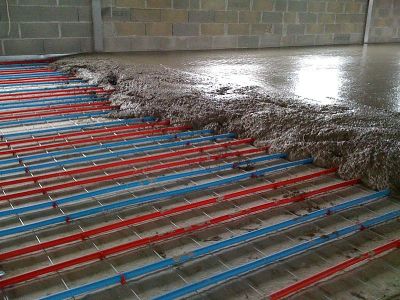
There are solar panels that covert sunlight directly to electricity, and there are others that absorb the sun's rays for hot water. EU-funded researchers have made progress on a solar thermoelectric generator that generates electricity from the sun's heat.

Geological processes ranging from microscopic to global shape the Earth's surface. EU-funded researchers attempted to answer the question: 'What can we learn about metamorphism through the study of minerals in mountain belts?'
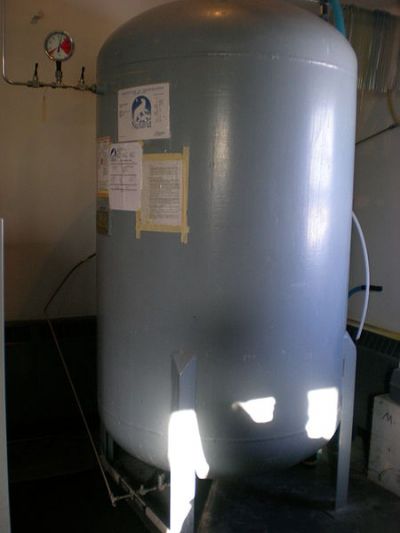
Fuel cells could eventually power material-handling vehicles such as forklift trucks in the logistics sector. An EU-funded project is working on proving the market readiness of energy storage components.
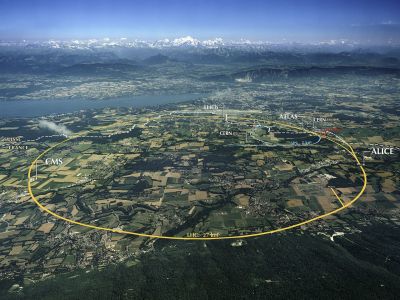
By colliding heavy ions with free quarks, physicists hope to recreate the earliest moments of our Universe just after the Big Bang. In the aftermath of these heavy-ion collisions, jets coming from bottom quarks have been identified for the first time.
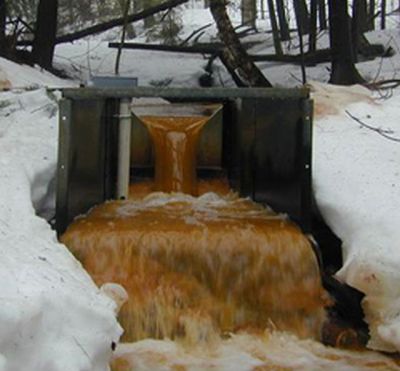
Water is essential to life, but every year millions of the chemicals produced together with their reactants and by-products enter the water cycle. Many of these chemicals currently remain unidentified, and the risk posed to human health and the environment cannot be fully determined.
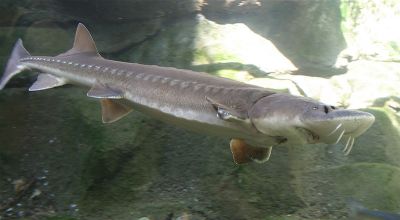
Fish populations are declining in many of Europe's inland waterways, partly as a result of exposure to aquatic pollutants such as from wastewater treatment plants.
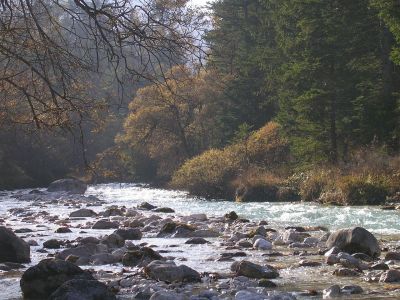
Climate change is expected to have a significant impact on the availability and quality of water and increase the likelihood of flooding. A European initiative is creating a citizen observatory for water that will allow the public to take part in the management of water resources.
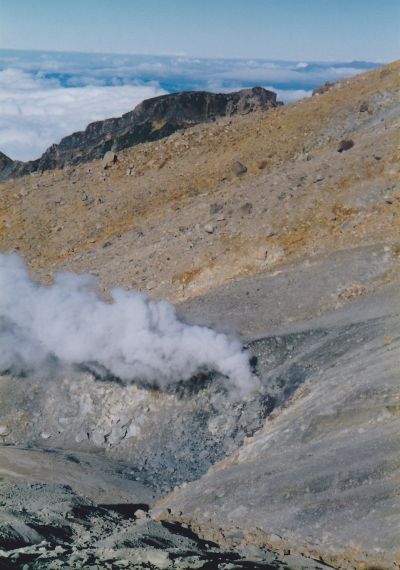
Researchers are developing experimental and computational models to understand how gas solubilities within different magma compositions affect volcanic eruptions.

An innovative recycling programme aims to both reduce electronic waste and recover critical rare earth metals through recycling of flat panel displays (FPDs).
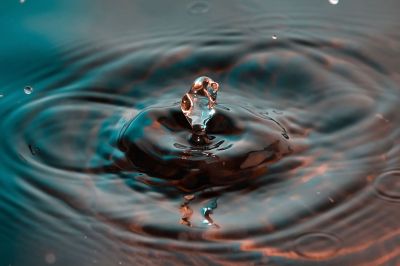
A crucial part of artificial photosynthesis is water oxidation — separating the hydrogen from the oxygen. EU-funded scientists designed metal-based catalysts to efficiently mimic natural processes for a greener future.
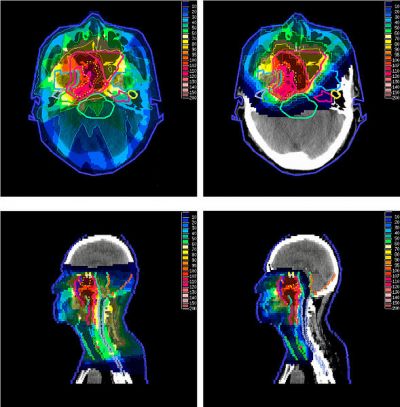
Cancer risk in humans exposed to low radiation doses is usually calculated based upon estimates obtained at higher doses. As many cancers originate in stem cells, studying low dose radiation effects on these cells is particularly important.
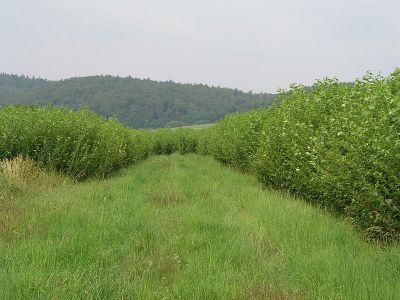
An EU-funded project is working on providing machinery, transport and information technology solutions to enhance the woody feedstock supply chain in Europe.
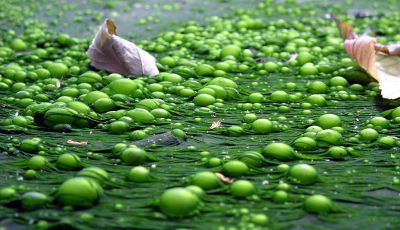
Shallow lakes have been greatly affected by increased concentrations of nitrogen and phosphorus from intensive agriculture and increased human populations. These key nutrients for plant growth enter the aquatic environment, changing clear water to turbid through a phenomenon called eutrophication.
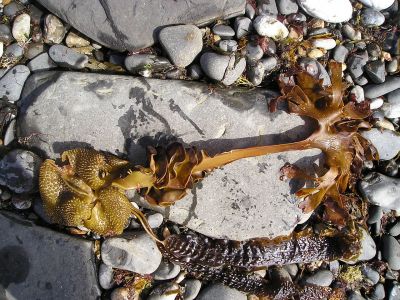
Scientists investigated how much iodine is released by seaweeds into the atmosphere to facilitate the development of better models of aerosol formation and atmospheric chemistry.
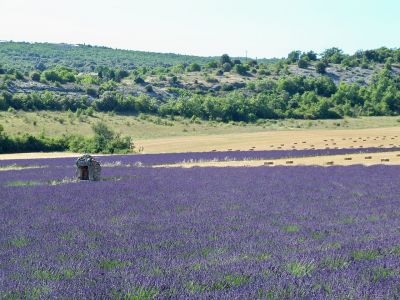
An EU study aims to utilise citizens and their mobile devices to collect reliable environmental data. Using techniques for crowdsourcing geographic information, the initial focus is species distribution, flooding and land cover of a Welsh reserve.
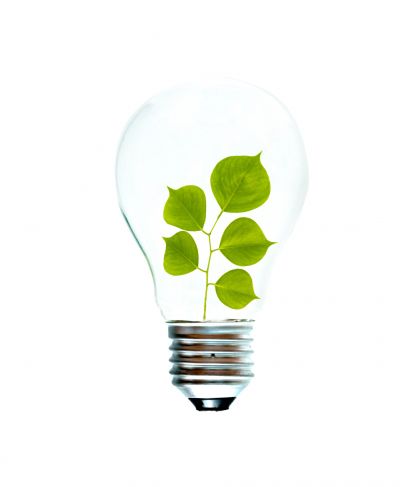
Heating, ventilation and air conditioning (HVAC) systems account for approximately 35 % of the total energy spent in residential and commercial buildings. New nanotechnology will significantly reduce this massive energy use.
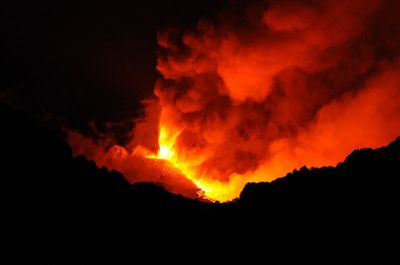
Researchers have compared rocks formed inside and outside of volcanoes to better understand how and when eruptions occur.
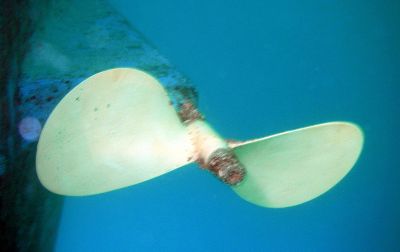
Researchers from multiple nations are joining forces to investigate and mitigate the effects of underwater noise generated by shipping.

More than 60 % of the total heat loss of buildings takes place through windows. Technology to significantly improve window insulation properties while reducing price and the carbon footprint associated with production and use will have major impact.
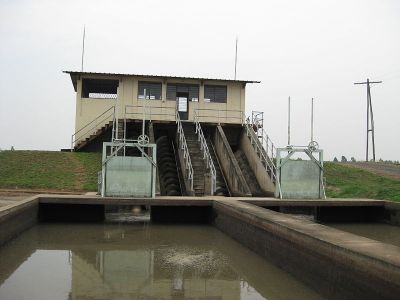
European small and medium-sized enterprises (SMEs) are developing a more environment-friendly and energy-efficient way of treating sewage sludge. This will help solve the challenge of how to deal with growing levels of sewage sludge in the face of increasingly stringent environmental legislation.
























